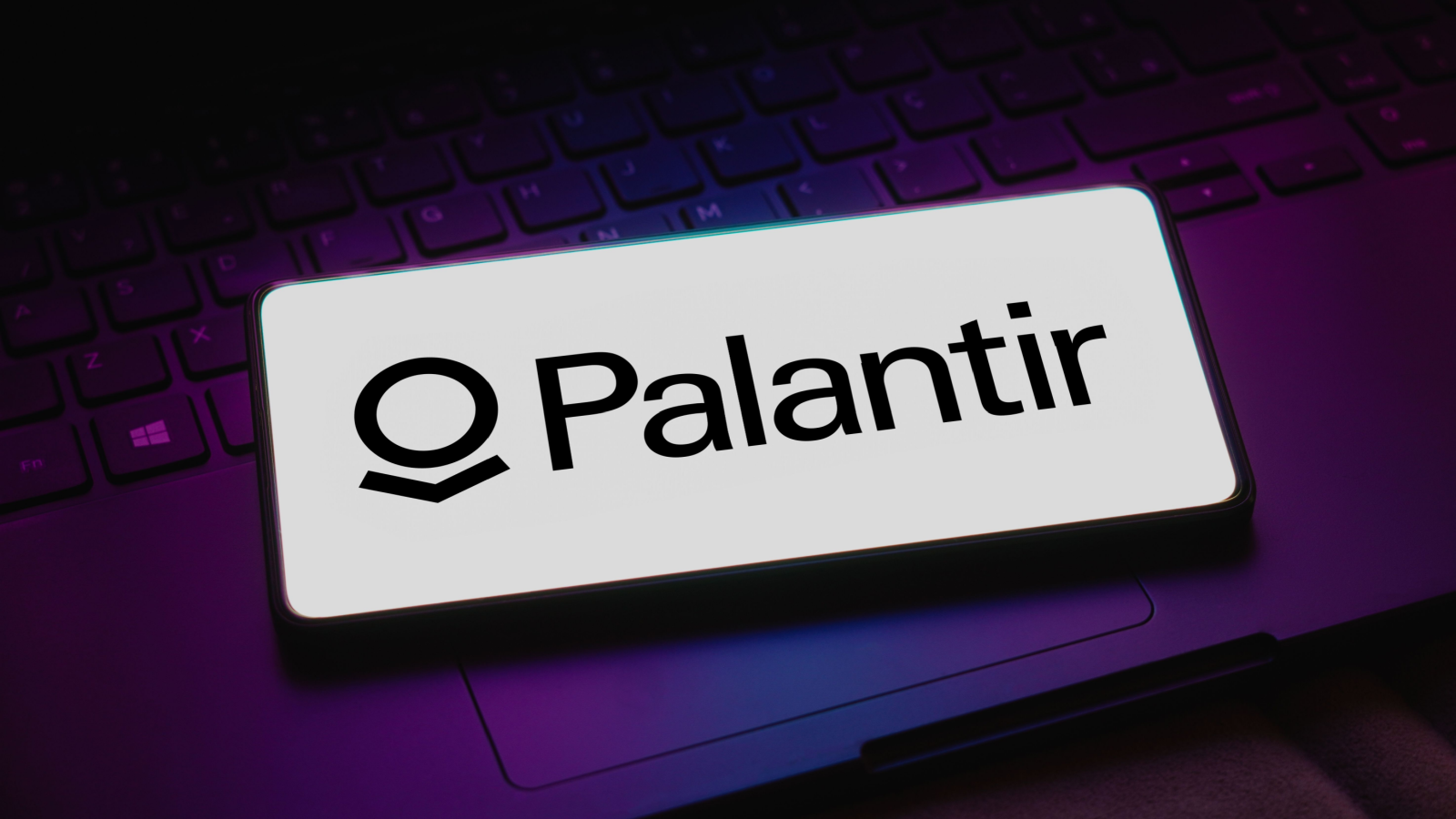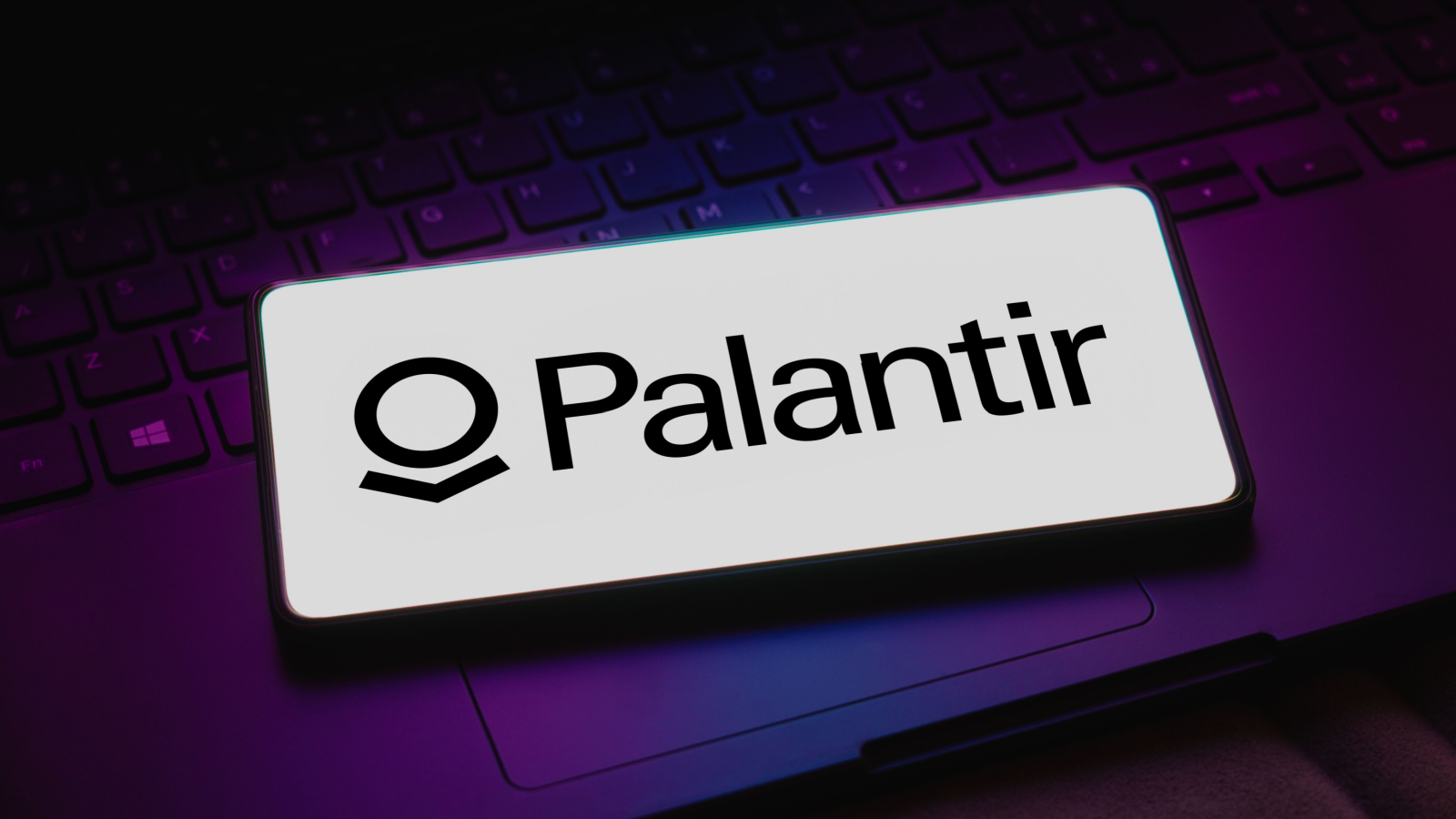
Veteran Wall Street analyst Steven Guilfoyle recently suggested that Palantir Technologies (NYSE:PLTR) is his best trade. The economist, who spent six years at Meridian Equity Partners and 12 years at Credit Suisse, mentioned several reasons for selecting Palantir stock.
His most significant is that it’s got a rock-solid balance sheet with no debt and a current ratio of nearly 6.0x.
I’ve been quite supportive of Palantir’s business in recent years. I recommended its stock in November 2020, when it was trading around $10. I agree with Guilfoyle’s assessment.
“Based on the fact it has a fairly stable level of operating expenses around $1 billion, a 25% year-over-year growth rate in sales over the next couple of years, as McCall stated, should get it to an operating profit for fiscal 2022,” I wrote in a November 2020 Palantir stock story.
But should it be your single best idea? It should be one of them, at the very least. Here’s why.
Operating Profits and Palantir Stock
As I wrote in November 2020, based on InvestorPlace contributor Matt McCall’s 25% revenue growth rate in 2021 and 2022, Palantir should reach an operating profit in 2022.
It didn’t quite make it, generating an operating loss of $161 million in 2022, followed in 2023 by a $120 million operating profit. Through Q1 2024, its trailing 12-month operating profit was just shy of $200 million on $2.33 billion in revenue.
With all the exciting developments surrounding AI and big data, I could easily see its operating margin doubling over the next 2-3 years.
So, to answer my question, its operating profit is just fine — and getting finer.
The Balance Sheet Is Rock Solid
Investors need to remember to include operating leases when calculating total debt. While Palantir had no long-term debt and $3.87 billion in cash and marketable securities on its Q1 2024 balance sheet, it did have current operating lease liabilities of $54.1 million and long-term operating lease liabilities of $163.0 million, totaling $217.1 million as of March 31.
So, instead of a net cash amount of $3.87 billion, it was $3.65 billion, a very healthy balance in its own right. It is something to write home about.
Guilfoyle pointed out that Palantir’s current ratio is nearly 6.0x. S&P Global Market Intelligence says it was 5.9x in the trailing 12 months ended March 31. In 2019, it was 1.7x, rising yearly through 2023 for an average of 4.1x, one-third less than at the end of March.
It’s incredible that, throughout the years, despite operating losses, it still managed to generate positive free cash flow. For example, in 2022, when its operating loss was $161 million, free cash flow was nearly $184 million.
You know what they say, “Cash flow is king.”
AI and the Rest of Its Business
CEO and co-founder Alex Karp’s quarterly shareholder letters always include pearls of wisdom one gains from building a business that no one believed would be successful, except maybe Peter Thiel.
“We were routinely told by investors that building technical infrastructure for the enterprise market, let alone government agencies, was the surest and quickest way to run a business into the ground,” Karp wrote in the Q1 2024 shareholder letter.
In Q1 2024, it earned $106 million on $634 million in revenue, a net margin of 16.7%. That compares to $19 million on $525 million, a net margin of 3.6%. By the end of 2024, it should be well over 20%.
In 2023, its U.S. commercial revenue was $457 million. If it grows 45% in 2024, as projected, this segment could hit a $1 billion run rate in early 2026.
That’s all because of AI.
Heck, yes, Palantir should be in the running as your best single idea.
On the date of publication, Will Ashworth did not have (either directly or indirectly) any positions in the securities mentioned in this article. The opinions expressed in this article are those of the writer, subject to the InvestorPlace.com Publishing Guidelines.
